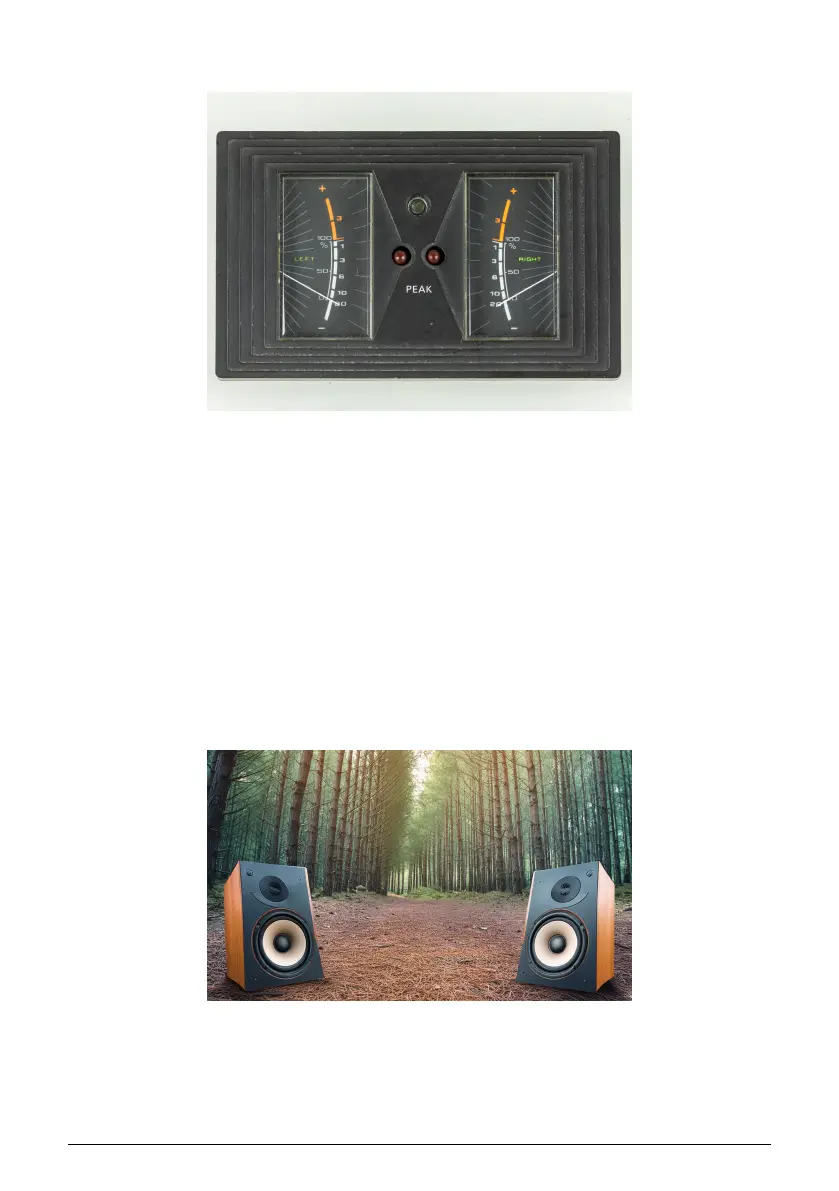Arturia Bus PEAK handleiding
Handleiding
Je bekijkt pagina 10 van 52

1.4. Understanding loudness
One of the coolest things about Bus PEAK for mixing and mastering is that it allows you to
monitor and work in LUFS as well as dB (RMS). Musicians and recordists are pretty familiar
with dB as a unit of measurement, but let’s look at the difference between RMS and LUFS.
RMS is the traditional way of thinking about decibels and stands for
Root-Mean-Square
. It
measures the average energy of an audio signal over time (i.e. not just peaks). It’s what
most DAWs and plug-ins use for metering, and the standard for the handheld sound meters
officials use to enforce noise regulations.
LUFS stands for
Loudness Units, Full Scale
. Mastering engineers tend to think in terms of
LUFS. So do the people who make the rules for platforms like Netflix, Spotify, YouTube, Apple
Music, and many others, not to mention movie theaters and broadcast events such as the
Super Bowl. This is because LUFS is currently the best and most accurate standard for
expressing the
real
loudness of a signal.
What does “real” mean in this context? You may have heard the old riddle, “If a tree falls
in the forest and no one is there, does it really make a sound?” Let’s assume it does — or at
least it causes vibrations that propagate through the air. Now replace the tree with a pair of
speakers playing in the forest. There
is
an objective, measurable amount of energy coming
out of those speakers.
A vintage Philips loudness meter. Image: Raimond
Spekking via Wikimedia Commons.
5 Arturia - User Manual Bus PEAK - WELCOME TO BUS PEAK
Bekijk gratis de handleiding van Arturia Bus PEAK, stel vragen en lees de antwoorden op veelvoorkomende problemen, of gebruik onze assistent om sneller informatie in de handleiding te vinden of uitleg te krijgen over specifieke functies.
Productinformatie
| Merk | Arturia |
| Model | Bus PEAK |
| Categorie | Niet gecategoriseerd |
| Taal | Nederlands |
| Grootte | 5319 MB |







